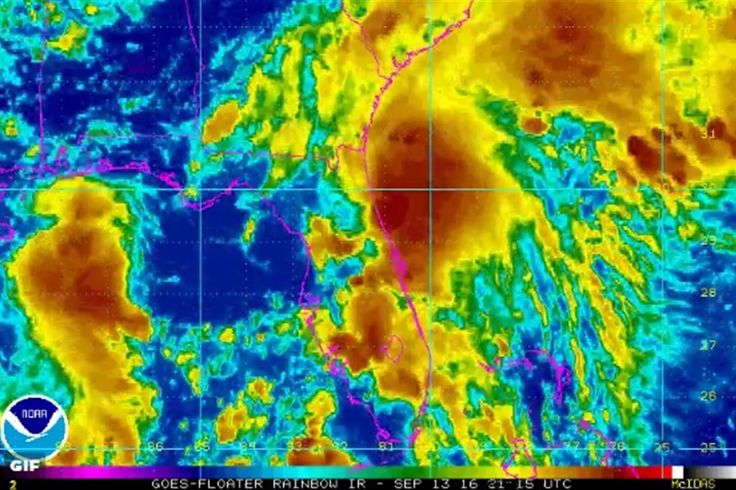Tropical Storm Watch: What It Means and How to Prepare
Introduction to Tropical Storm Watch: What It Means and How to Prepare
A tropical storm watch is a critical weather alert issued by meteorological agencies such as the National Hurricane Center (NHC) to warn residents in a specific area that tropical storm conditions – sustained winds of 39 to 73 mph – are possible within the next 48 hours.
This alert differs from a tropical storm warning, which indicates that such conditions are expected within 36 hours, indicating a higher degree of certainty and urgency. Understanding what is involved in a tropical storm watch and taking proactive steps to prepare is essential to protecting life, property, and communities. Tropical storms, while less intense than hurricanes, can still bring significant hazards such as high winds, heavy rainfall, flooding, and storm surges.
The watch serves as an early call to action, allowing individuals, families, and communities to prepare before the situation escalates. This introduction outlines the meaning of a tropical storm watch, the risks associated with it, and practical steps to ensure preparedness.
Definition and Significance of a Tropical Storm Watch
What it is: A tropical storm watch is issued when a tropical cyclone with sustained winds of 39 to 73 mph may affect a specific area within 48 hours. It’s an early warning for immediate preparation.
Key features: The watch covers a geographic area where tropical storm conditions, including strong winds, heavy rain and potential flooding, are possible but not yet certain. It’s important .
Official source: NHC or local meteorological services issue these alerts based on hurricane tracking and forecast models.
What a Tropical Storm Watch Means
Tropical storm warnings are issued when weather conditions indicate that a tropical storm may affect a specified area within 48 hours. Tropical storms are organized weather systems characterized by a low-pressure center, strong thunderstorms, and sustained winds of 39 to 73 mph. Unlike hurricanes, which have winds of 74 mph or more, tropical storms are less severe but still dangerous. This warning is a precautionary measure, indicating that the storm’s path or intensity is uncertain but may affect coastal or inland areas. It is usually issued by the NHC or local meteorological services based on sophisticated forecast models that track the storm’s trajectory, wind speed, and probability of intensification.
The importance of a tropical storm monitor lies in its role as an early warning system. It gives residents, businesses, and local officials time to prepare before conditions worsen. For example, warnings may be issued for coastal areas, islands, or inland areas in the hurricane’s projected path. Warnings emphasize the need to monitor updates, as tropical storms can change their path or intensify quickly. Unlike a warning, which requires immediate action, a warning encourages preparation while the situation is developing, reducing the risk of unpreparedness.
Understanding Tropical Storms and Their Risks
Nature of Tropical Storms: Tropical storms are organized systems of strong storms with a definite circulation, weaker than hurricanes but capable of causing significant damage.
Potential Hazards:
Winds: Winds gusting between 39-73 mph can damage structures, knock down trees and disrupt power lines.
Rainfall and flooding: Heavy rainfall can cause flash flooding, river flooding, or urban flooding, especially in low-lying areas.
Storm surges: Storm surges can cause water levels in coastal areas to rise, leading to coastal flooding.
Impact Areas: Coastal areas, islands and inland areas in the storm’s path are most at risk, and impacts will vary depending on terrain and infrastructure.
Uncertainty in the forecast: A watch takes into account uncertainty in the storm’s path or intensity, as tropical storms can change rapidly.
Preparation Steps During a Tropical Storm Watch
Stay Informed
Monitor updates from the NHC, local news, or weather apps for real-time information.
Use NOAA weather radios for alerts if power or internet services fail.
Emergency Kit:
Prepare a kit of essentials: water (1 gallon per person per day for 3 days), non-perishable food, flashlight, batteries, first aid supplies, medications, and important documents.
Include items for pets, infants, or special medical needs.
Home Protection:
Secure outdoor items (furniture, grills) so they don’t become projectiles.
Close windows or install storm shutters; reinforce doors and garage doors. Clear gutters and drains to prevent flooding.
Evacuation Planning:
Learn about local evacuation routes and shelters; contact local authorities for updates.
Have a “go bag” ready with essential items in case evacuation becomes necessary.
Communication Plan:
Create a family communications plan, including emergency contacts and meeting points.
Make sure all devices are charged; have portable chargers or backup batteries.
Share this content:




Post Comment